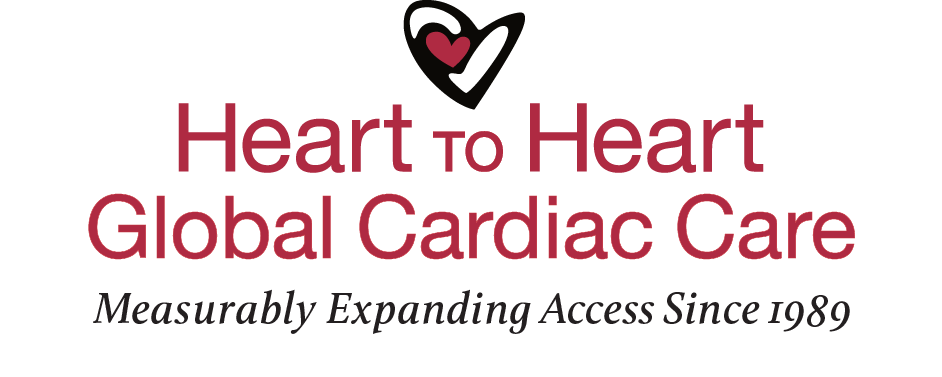St. Petersburg Children’s Hospital No. 1, Northwestern Federal District
HEART TO HEART’S FIRST PATIENT From the time Masha’s heart defect was detected when she was a baby, her mother Elena was told by Soviet doctors that Masha’s heart was inoperable. But Heart to Heart’s founders knew they could save Masha’s life and brought her to Oakland, CA for open heart surgery. Heart to Heart co-founder Nilas Young, MD successfully operated on the seven-year-old, and then began leading teams of specialists to St. Petersburg to train the city’s first pediatric cardiac team. Today, more than 10,000 children have been saved at our St. Petersburg partner site. (Clockwise from upper left: Elena, Dr. Nilas Young, his daughter, Masha).
The city of St. Petersburg was founded by Peter the Great in 1703. For all but a few years, from 1713 to 1918, it was the capital of Imperial Russia. Known as the Venice of the East, beautiful St. Petersburg is Russia’s second largest city after Moscow. Home to Russia’s progressive thinkers, St. Petersburg is a major European and international cultural center.
Self-sustaining pediatric site: our first
Area served: 647,800 square miles
Population served: 14 million
Beginning of collaboration: 1989
Self-sustainability reached: 1999
Size of first team trained: 75
Children saved to date: 11,700+
From Saving One Child to Saving All Children Born with Heart Defects in St. Petersburg
With the collapse of the USSR in 1991 came large-scale political and social unrest and financial chaos. Undaunted, Dr. Nilas Young led Heart to Heart to develop what became known as Russia’s “best infant heart surgery program.” In less than one decade, the pediatric cardiac program at Children’s Hospital No. 1 was completely self-sustaining. As news of his results traveled, in 1992 the St. Petersburg Ministry of Health requested our assistance to develop cardiac care for their adult population. Heart to Heart played an instrumental role in establishing an acquired heart disease treatment program at city hospitals, with an aggregate patient volume of more than 500 valvular, ischemic, and aortic disease patients per year. In addition to the more than 10,000 children saved, 6,000 adults with acquired heart disease have also been saved through our St. Petersburg Heart to Heart programs.
After 10 years and establishing two self-sustaining heart surgery programs, Dr. Young knew that Heart to Heart could impact the tens of millions of families in other regions of the country who were still without access to surgical care for heart disease. We had succeeded working with St. Petersburg’s medical infrastructure and knew that Heart to Heart could continue to enhance and expand heart care by building upon Russia’s basic medical infrastructure. Heart to Heart’s model had proved successful and incredibly cost-effective; by replicating and scaling, we had the opportunity to save tens of thousands of children and adults throughout the country!













